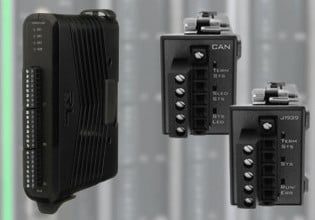C
Hello,
Dear All
I work in a Combined Cycle Plant Power. These Two GT(F9E) and a Steam Turbine (SC) of Ge. We have a problem while works by the steam turbine. This is hydraulic pressure drops. During last days, suddenly hydraulic pressure began to drop on the steam turbine. Although the second pump works, the pressure continued to drop. But this problem during full load or every time doesn't occur. Within a week two time we tripped because of pressure drop. We have seen that problem is occur while HP (high pressure)control valves open to 75%. Wonder, what could be problem at the main hydraulic unit? (There isn't oil leakage from the system.) Thanks for already yours help to me..
Dear All
I work in a Combined Cycle Plant Power. These Two GT(F9E) and a Steam Turbine (SC) of Ge. We have a problem while works by the steam turbine. This is hydraulic pressure drops. During last days, suddenly hydraulic pressure began to drop on the steam turbine. Although the second pump works, the pressure continued to drop. But this problem during full load or every time doesn't occur. Within a week two time we tripped because of pressure drop. We have seen that problem is occur while HP (high pressure)control valves open to 75%. Wonder, what could be problem at the main hydraulic unit? (There isn't oil leakage from the system.) Thanks for already yours help to me..






